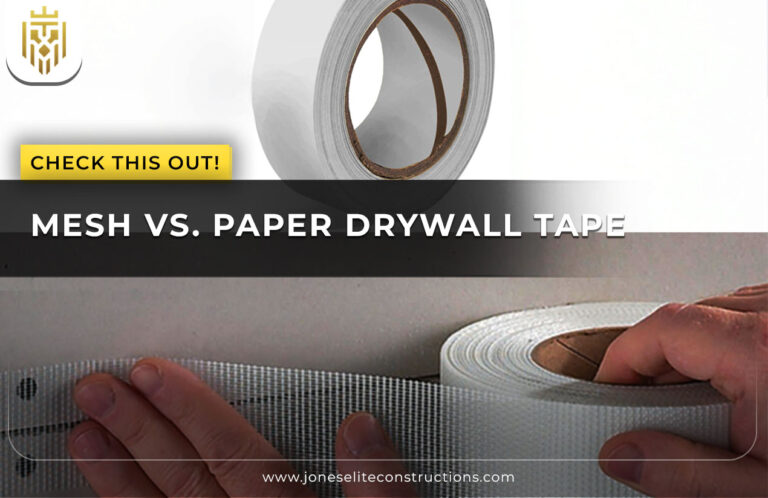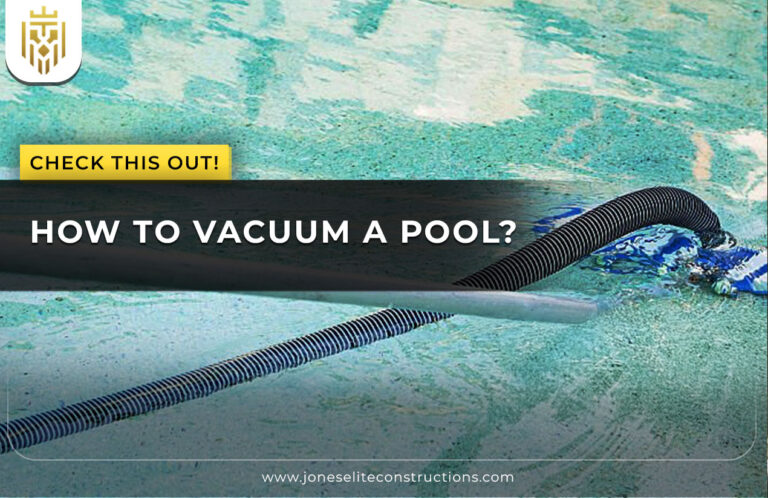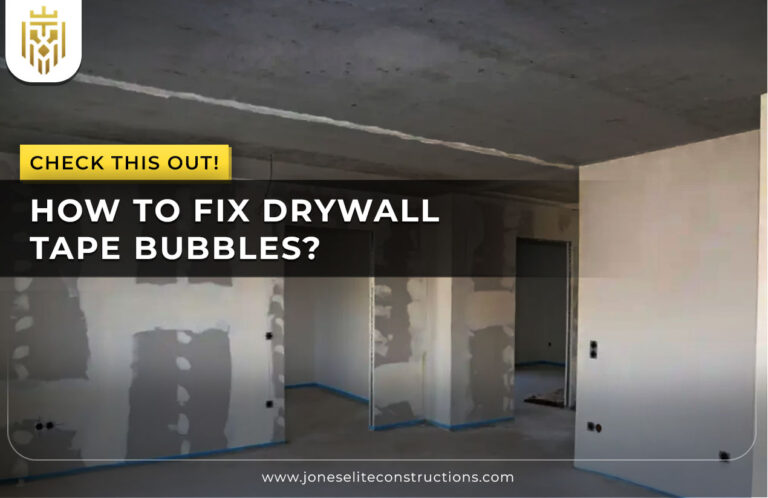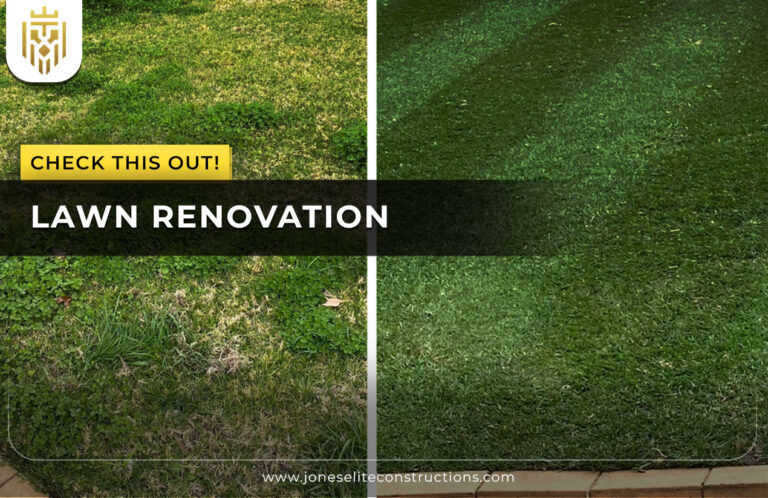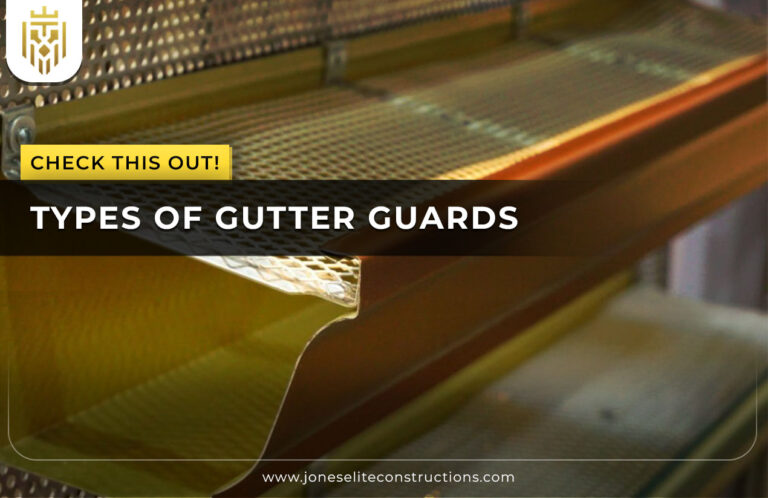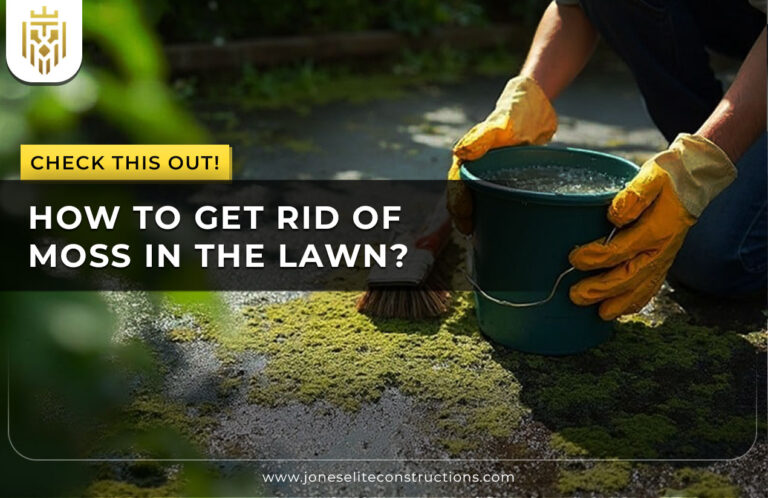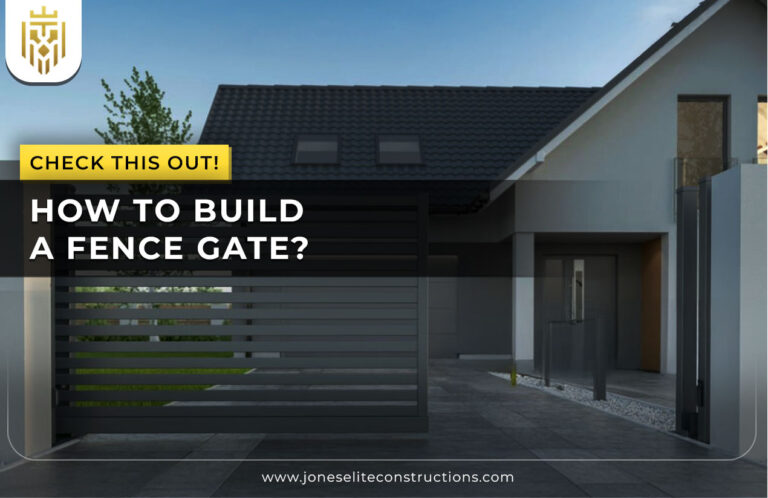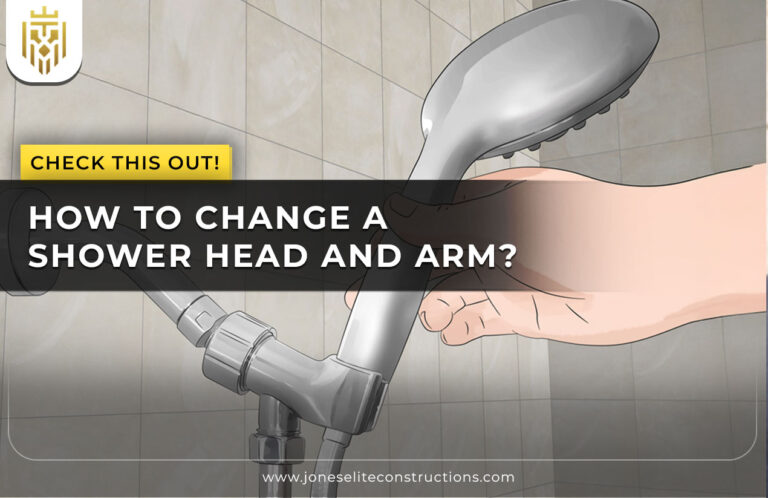Introduction to Vinyl Fence
A vinyl fence, constructed out of polyvinyl chloride plastic, stands out as a popular choice because it is durable against the weather and harmful insects when installed at home. Installing a vinyl fence gives your space endurance, little maintenance required and a neat appearance that matches different environments.
Preliminary Steps Before Installing Your Vinyl Fence

Check the lines where your property meets your neighbor’s and check the rules for installing fences in your area before installation. Proper planning of the layout guarantees the fence is legal and will work well. Setting up a vinyl fence begins with being well-prepared and organizing with neighbors first.
Check with your Neighbor
Get your neighbor’s approval before starting with your fence, to avoid any arguments. Following those boundaries set by others makes it easier to share thoughts and avoid disagreements. Because vinyl fences are usually erected where property borders meet, it is important to cooperate when putting one up.
Property Deed Review
You should check your property deed before starting any vinyl fence installation. It helps you know where your land ends and theirs begins. Getting the alignment wrong can cause the fence to need expensive relocation. Ensuring your limits are correct at the start guarantees the vinyl fence will be set according to the correct property dimensions.
Check for Underground Utilities
Every fence installation should include a step to check for buried utilities. If vinyl posts are put up near water, gas or electrical lines but are not properly marked, damage may result. It is important to call utility services ahead of installing vinyl fences to protect yourself from accidents and problems.
Know Zoning Regulations
House zoning restricts the height, where you place your fence and its overall style. Getting to know these is necessary before you begin your vinyl fencing project. It is important to be aware of local building rules before installing a fence, as failure to do so could cost you money. Verify that your vinyl fence satisfies the rules in your neighborhood or town.
Permit Acquisition
In most places, you need a permit to install a fence. Acquiring permits allows your vinyl fence to be constructed one that is legally compliant and looks good. A construction project may not go forward if you fail to get a permit and charges could be incurred. Check with your local building office before you build or renovate.
Tool and Ground Preparation
If your tools are complete and the groundwork is prepared, you can install your vinyl fence more easily. It’s important to use a post-hole digger, a level and concrete mix. Ensure the area is smooth and leveled so that vinyl fencing can be built square and securely.
Fence Line Marking
You can be certain of your fence installation’s exact placement by marking the fence line. Trace where the art will be set by using string and stakes. Precise markings guarantee that the fencing is set up according to the required design and sits correctly within the boundaries of your plot.
Post Location Planning
How you select and install the posts will determine the strength of your vinyl fence. A correctly spaced and aligned post supports the entire fence, so accuracy is needed. Good planning ahead of vinyl fence installation ensures it lasts and is not positioned poorly.
Tools and Materials
Having the proper tools and equipment speeds up the process of putting up a vinyl fence. You will need a tape, level, digger and power drill to complete your job. Ensure the materials you use for your vinyl fence agree with your selected vinyl fencing style and come with posts, rails, panels, concrete and gate hardware.
Popular Vinyl Fencing Styles

The popular styles of vinyl fencing, which are privacy fence, picket fence, semi-privacy fence, lattice-top fence, and horizontal vinyl fences, suit those who need privacy and those with specific taste in fencing. Every style adds its own costs and impacts your decisions on material and fence building process, so it is a good idea to find the design that suits your garden best.
Privacy Fence
A privacy vinyl fence completely hides outdoor views, perfect for those who want total privacy. Its strong protection and privacy are important factors why vinyl fencing is a top pick. Vinyl fence installation may appear expensive, but the rewards are worth it.
Picket Fence
A picket fence made with vinyl can give your property a traditional, pleasing appearance. Vinyl fence panels are ideal for both front yards and gardens because they let some light in. This type of fence is not expensive and easy to look after, which is why people often use it for decoration.
Semi-Privacy Fence
The design of a semi-privacy vinyl fence allows you to be private while still allowing air to flow freely. There are vertical slats, evenly spaced apart, so you can see some things outside. You can use this kind of vinyl fencing to add privacy and airflow to your outdoor area and still keep the installation price within range.
Lattice-Top Fence
Lattice-top vinyl fencing is attractive and lets air pass right through. To give the top a neater finish, decorative lattice patterns are included. Garden and patio areas where how it looks is important should consider this vinyl fence, as the cost is roughly the same as what you’d pay for a semi-privacy fence.
Horizontal Vinyl Fences
Horizontally installed vinyl fences provide a modern update to standard fences. The simple, straight lines give the website lots of space and look very modern. These vinyl fences are perfect for today’s homes because they go well with current designs and enhance the outside view.
How to Install a Vinyl Fence?

The process of installing a vinyl fence comprises measuring, digging the holes, setting the posts and attaching the vinyl panels. If the vinyl fence is installed correctly, it will keep its durability and straightness. Professionals can help you achieve the proper results and meet all required standards.
Measuring and Marking the Fence Line
Begin by measuring your land precisely and marking the location for your vinyl fence. Keep your lines straight by using stakes and string. Setting up the panels here guarantees they are level and will not be misplaced throughout the construction process.
Digging Post Holes
At the points marked on the drawing, dig holes by turning an auger or post-hole digger. The hole for each post should go deep sufficient to keep the post in place. To ensure a fence is stable, it is necessary to make the holes the right depth before installing them.
Installing Vinyl Fence Post Holes
To hold a vinyl fence post properly, the holes should be between 10 and 12 inches wide and between 24 and 36 inches deep. Having depth makes a building able to resist wind pressure and remain strong. Accurate measurements are essential for building a vinyl fence that stays durable in the long run.
Fill around Posts with Concrete
Posts must be supported by concrete in the area where they are inserted. This process holds the posts in place to ensure your vinyl fence remains sturdy and unshakable. Ensure the concrete is flat with the earth so the installation will go smoother.
Tap the Posts in Place
Gently hit each post into the damp concrete to ensure it is straight up and down. Achieving a straight line during installation is only possible with proper post alignment. Check the level before the concrete dries to ensure things are straight.
Install Main Posts
The main anchors for vinyl fencing are the main posts. By fixing them well with concrete, you ensure the rest of the structure does not lose its alignment. If the fence is installed in the wrong way, it might not stay stable and might cost you a lot to correct.
Ensure the Posts are Plumb
Ensure that each post is plumb (straight up and down) by using a level. Posts that are not level can cause panels to misalign and affect how nice your yard looks with a vinyl fence. When vinyl fences are properly aligned, they both look attractive and stand strong.
Wait for the Concrete to Set
Ensure the concrete stays undisturbed for at least a full day after you lay it. If you don’t pay enough attention at this stage, your vinyl fence could be weakened or even damaged. Giving the installation the time it needs to cure will help your fence resist damage.
Attaching Vinyl Fence Panels
Install vinyl fence panels using either brackets or rails between the posts. Space your photos so they appear even on the page. Proper appearance and stability of a vinyl fence depend on your work at this step, so ensure to be precise in your measurements and careful with your alignment.
Install the Rail Brackets
Rail brackets attach the top and bottom rails to the fence posts. Well-installed brackets hold your panels firm and stop them from sagging. This minor part of the installation process is key to a long-lasting fence and produces an attractive finish.
Inside the Panels
As soon as the location of the rails is confirmed, fit each panel inside their respective rails. Properly place and clip all panels together. You begin to see your vinyl fencing look like the finished product at this point. Strong attachments between panels reduce movement and boost the structural strength of the whole system.
Installing Accessories and a Gate
The process is finished by adding accessories and a gate to the vinyl fence system. The addition of post caps, latches and handles improves how the structure works and looks. All these features give your vinyl fencing a unique look and raise its value to neighbors.
Apply the Post Tops
Post tops add style and shield the home from wind and water. After your fence is finished, attach them to keep water and debris from entering your backyard. Added accessories ensure the fence looks finished once the job is done.
Install the Gate
Locked the final step, assemble the gate on top to ensure it moves easily and is properly aligned. Attach the hinges and latches so that they are well-aligned. Because the gate in vinyl fencing is often used, it makes it simple to use and strong for long life.
Attaching Panels to the Posts
Bolster the panels to the pre-placed posts with brackets or fasteners until they are secure. If panels are attached correctly, they will not come loose during strong winds. To get the best outcome, all the connections in your vinyl fence need to be tight and straight.
Installing the Top Rail and Caps
The topmost part of a fence is topped by top rails for added structure. Lay the slide backs over the panels and then fix them into place. The post caps need to be either snapped down or glued onto the post. They make your fence look attractive and last longer.
Adding Latches and Locks
Fit both latches and locks on the gate for your safety and making things more convenient. Use hardware that will not damage the vinyl fencing materials. When you add these finishing touches, you complete the fencing process with both practical and stress-free benefits.
How Much Does It Cost to Install a Vinyl Fence?
Vinyl fence installation costs change according to the height, length, style and type of terrain. Flooring in USA usually costs anywhere from $3 to $12 per square foot. Though adding special features can raise the price of vinyl fencing installation, the little maintenance required eventually pays off.
FAQs
1) What do you put at the bottom of a vinyl fence?
To stop gaps making an entry for weeds or pests, use a layer of gravel, concrete or soil underneath your concrete slab. Both the appearance and stability of a vinyl fence are enhanced as a result.
2) How much does it cost to install a 50 foot vinyl fence?
For a 50-foot vinyl fence, installation costs can be between ₹25,000 and ₹75,000, depending on its style, the width you choose and how much local labor costs. Never agree to a job unless you first get a quote.
3) What is the most popular vinyl fence color?
White is the top choice for vinyl fencing because it has a clean appearance and has not gone out of style. Tan, gray and wood-tone are some of the most popular choices, too.
4) What vinyl fence style offers the most privacy?
The best seclusion is found in a well-built panel privacy vinyl fence. It helps create privacy and lessens noise which is why it is perfect for any backyard or garden needing extra privacy.

